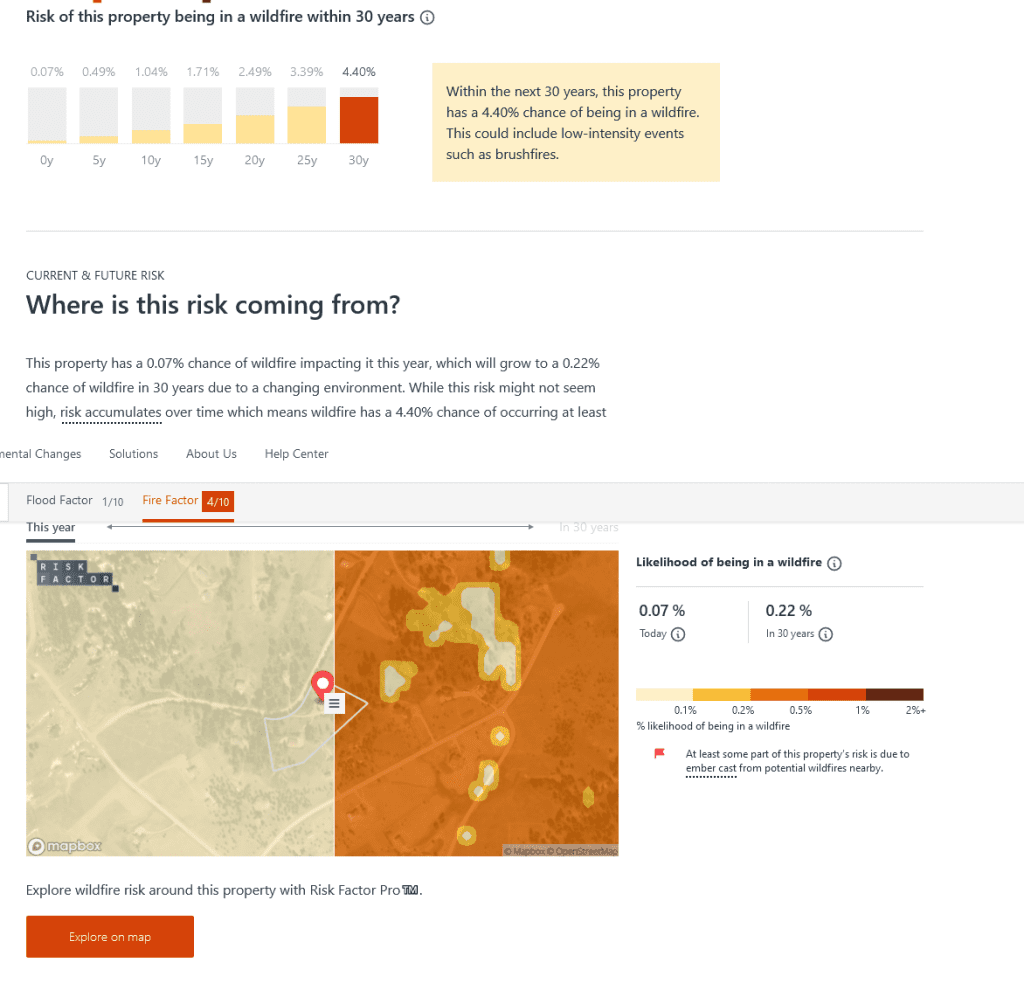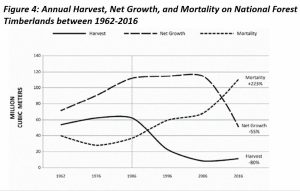Many stalwarts of federal lands scholarship will be there (I don’t like to be pedantic, but strictly speaking “America’s public lands” would include state and county lands as well; I always wonder why people use “public” when they mean “federal”). And I’ve always enjoyed contrasting scholarly histories with my own experiences. Fellow dinosaurs may enjoy that as well.
***************************************
It will be interesting to see how they talk about these efforts (from Center for Western Priorities today)
The Biden administration says it’s on track to nearly double the capacity of renewable energy projects on public land by the end of 2023. The projection came in a new report to Congress that shows rapid progress towards an additional 10 gigawatts of renewable capacity by the end of next year, and 25 gigawatts of wind, solar, and geothermal energy on public lands by 2025.
Just this week, the Bureau of Land Management issued its first competitive lease for solar energy, leasing nearly 5,000 acres for a 600-megawatt solar array in Utah’s Escalante Desert. When the project is fully developed, it’s expected to create 200 construction jobs and 15 ongoing operations positions while powering 170,000 homes.
Interior’s report to Congress says it has over 50 renewable projects in early review stages right now. The agency is also working to update land use plans across 11 Western states that are part of the Westside Energy Corridor, identifying 3 million acres of public land suitable for transmission lines while also “providing enhanced conservation of public lands.”
I couldn’t find acreages impacted by the proposed buildout (other than the 3 mill suitable for transmission lines). Lots of gigawatt estimates, though.
***************************************
Here’s a link to register.. or if you can get to Boulder you can probably register to go in person.
Our Common Ground: A History of America’s Public Lands
Book Release Event
John Leshy, Author
Emeritus Harry D. Sunderland and Distinguished Professor of Law
University of California, Hastings College of Law
Thursday, April 21
5:00 p.m.
Wolf Law Building, Wittemyer Courtroom
Livestream option available
Attendee Information (Parking/Zoom/Logistics)
Zoom Webinar Link: https://cu.law/CommonGround
The event will include an overview of the book by the author and Professor Emeritus John Leshy, followed by a panel discussion of the topics covered.
Registration
Panel Moderator
Professor Mark Squillace, University of Colorado Raphael J. Moses Professor of Law
Panelists
Eric Dude, U.S. Department of the Interior, Attorney/Advisory (2019 Colorado Law Wyss Scholar)
Alison Flint, The Wilderness Society, Senior Legal Director
Maria Handley, The Wilderness Society, Senior Director of Strategic Partnerships & Organizing
Professor Patty Limerick, University of Colorado Center of the American West
Johnsie Wilkinson, Colorado Law rising 3L (2021 Colorado Law Wyss Scholar)
Our Common Ground: A History of America’s Public Lands
The little-known story of how the U.S. government came to hold nearly one-third of the nation’s land and manage it primarily for recreation, education and conservation.
America’s public lands include more than 600 million acres of forests, plains, mountains, wetlands, deserts, and shorelines. In this book, John Leshy, a leading expert in public lands policy, discusses the key political decisions that led to this, beginning at the very founding of the nation. He traces the emergence of a bipartisan political consensus in favor of the national government holding these vast land areas primarily for recreation, education, and conservation of biodiversity and cultural resources. That consensus remains strong and continues to shape American identity. Such a success story of the political system is a bright spot in an era of cynicism about government. This book is essential reading for anyone who cares about public lands, and it is particularly timely as the world grapples with the challenges of climate change and biodiversity loss.
Presented by the Colorado Law Wyss Scholar is U.S. Lands Conservation, the Colorado Environmental Law Journal, and the Getches-Wilkinson Center.
Our Common Ground is free and open to the public, but registration is required to attend and/or receive the livestream link.
During registration, please indicate your intent to join in person or remotely.
In consideration of continued Covid mitigation measures at Colorado Law, there will not be a reception following the event. We hope to resume these networking opportunities later in the year.


